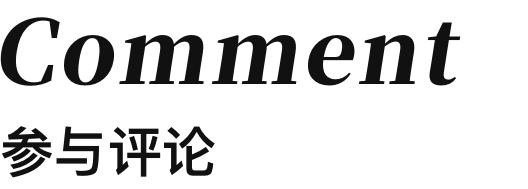Chinese memory chip manufacturers stir up global price war
China is implementing a subsidy policy to encourage the purchase of domestic semiconductor memory. Data from research firm TechInsights shows that Chinese-made DRAM and NAND are 23% cheaper than products from other countries. Considering the subsidies, they can be up to about 50% cheaper...
In the semiconductor memory market, the presence of large Chinese enterprises is increasing. This is because technological innovation has led to an increase in suppliers, mainly centered in China, and price competitiveness has also improved. Due to the government's subsidy policy, some Chinese products are about 50% cheaper than those from other countries, which has become a factor in driving down the world's bulk transaction prices.
Semiconductor memory is a storage medium for storing data inside electronic devices such as personal computers (PCs) and smartphones. It includes DRAM for short-term storage and NAND flash memory for long-term storage. The world's leading enterprises include Micron Technology in the United States, Samsung Electronics and SK Hynix in South Korea. However, in the NAND field, Yangtze Memory Technologies Co., Ltd. (YMTC) in China is expanding its market share, and in the DRAM field, ChangXin Memory Technologies, Inc. (CXMT) is also growing.
The main sales market for Chinese products such as those from Yangtze Memory Technologies is the domestic market in China. China is implementing a subsidy policy to encourage the purchase of domestic semiconductor memory. Data from research firm TechInsights shows that Chinese-made DRAM and NAND are 23% cheaper than products from other countries. Considering the subsidies, they can be up to about 50% cheaper.
When selling products from other countries to China, one has to consider the prices of Chinese products. Therefore, price cuts in China, which is a major market for semiconductor memory, will spread globally. Looking at the bulk transaction prices of solid-state drives (SSDs), which use NAND as the main component, from January to March, the price of a 256GB TLC (Triple-Level Cell), which is an indicator, was about $29.9 each, a decrease of 8% from the previous quarter.
For NAND, the number of vertically stacked storage cells is one of the indicators for evaluating performance. Jeongdong Choe of TechInsights said, "Yangtze Memory Technologies was more successful than South Korean enterprises in mass-producing products using hybrid bonding (HB) technology earlier." Among commercially available products (as of March), Yangtze Memory Technologies' products "have the highest number of layers, reaching 267 layers," Jeongdong Choe said.
China's preferential policies for domestic products are also affecting DRAM prices. Looking at the bulk transaction prices in February, the price of an 8GB DDR4, which is an indicator, was about $1.70 each. The price of a 4GB product with a smaller capacity was about $1.30, both of which have been declining for six consecutive months, reaching the lowest level since December 2023. The price in March was also the same as the previous month. Some analysts believe that factors such as the rise of ChangXin Memory Technologies are driving down the prices of DDR4 and the previous-generation product DDR3.
Due to the low-price offensive of Chinese enterprises, the prices of NAND and DRAM are showing a downward trend, but currently, there are also views that the prices will bottom out this year. One of the reasons is the preparations made by enterprises for the tariff policies of the Trump administration. In order to cope with the high tariffs on semiconductor products, equipment manufacturers and module manufacturers, as buyers, are increasing their inventories.
Due to the weak sales growth of personal computers and smartphones, NAND and DRAM are also affected by the weakening demand, and consumers' wait-and-see attitude has also led to a certain degree of price decline. It is reported that about 50% of DRAM is used in personal computers and server equipment in data centers, and about 35% is used in smartphones. However, there have been recent changes in the market. "Some authoritative research institutions have pointed out that inventories may decrease earlier than expected, and this has become an opportunity for the demand for DDR4, DDR5, and high-bandwidth memory (HBM) to increase," said a person in charge of an electronic components trading company.
For NAND, some large manufacturers are reducing production, and the trend of supply reduction continues. Some believe that if the demand for servers and other products increases, the prices of semiconductor memory will turn upward this year. There may be signs of a bottoming out in the bulk transaction prices as early as from April to June.
This article is from the WeChat public account "Nikkei Chinese Net," author: Nikkei Chinese Net.




